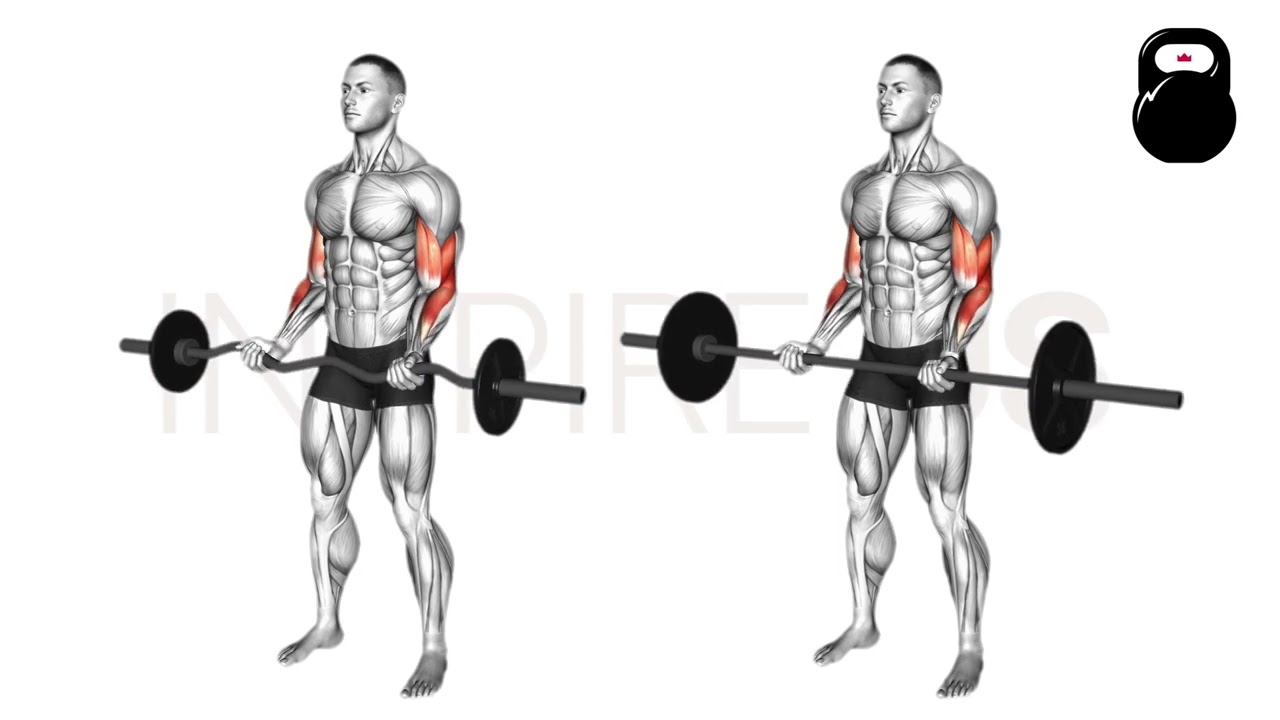Curl Bar vs Straight Bar: Difference in Equipment Explained
Outside of a few particular exercises, the curl bar is primarily utilized in underhand movements that may otherwise place some level of strain on the wrists due to the unnatural curvature involved.
The straight bar will often allow for a far easier time using a pronated grip - and is manufactured to withstand significantly heavier use, making it ideal for primary compound movements.
Curl Bar General Advantages
The curl bar’s main advantage is its significantly reduced strain on the wrists and forearms.
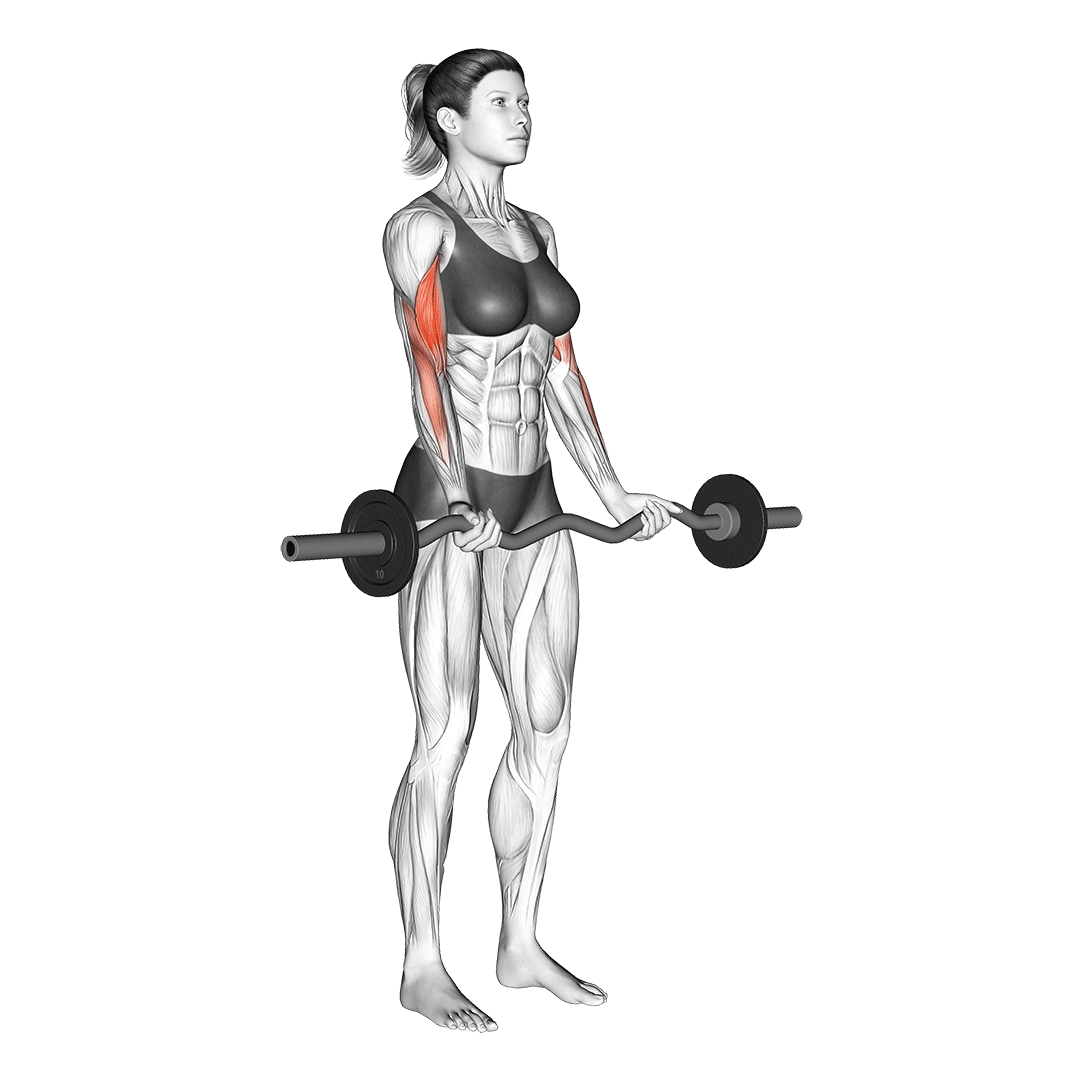
Greater safety notwithstanding, curl bars are often lighter and shorter than their straight counterparts - allowing for easier maneuverability and less difficulty balancing the bar itself.
Standard Dimensions and Weight
Though it will depend on brand and model, the majority of curl bars measure somewhere between 4 and 5 feet, weighing in between 15 and 35 pounds (7-16 kg).
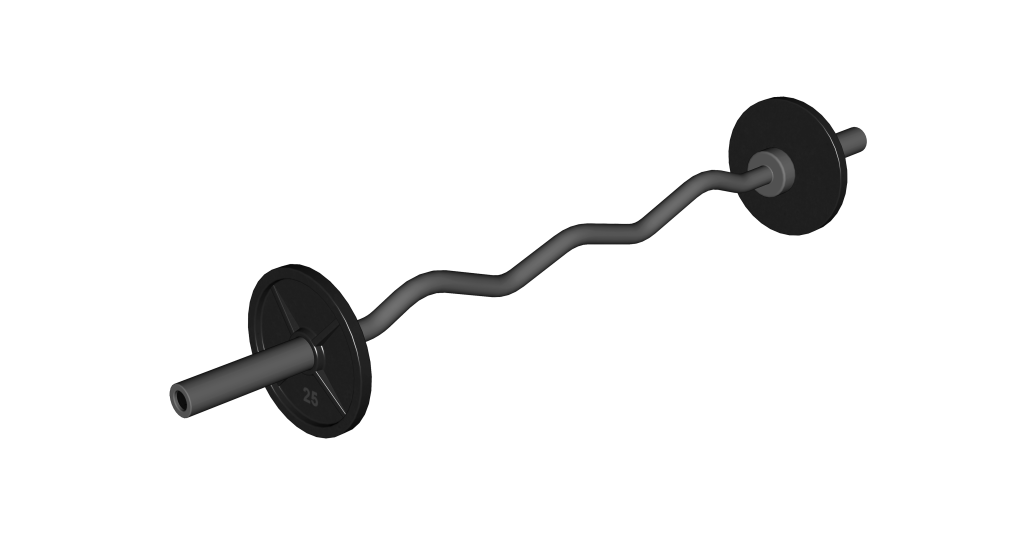
Straight Bar General Advantages
The main advantage to using a straight bar is its versatility - where a wide variety of exercises can be performed with a standard barbell and a set of weight plates alone.
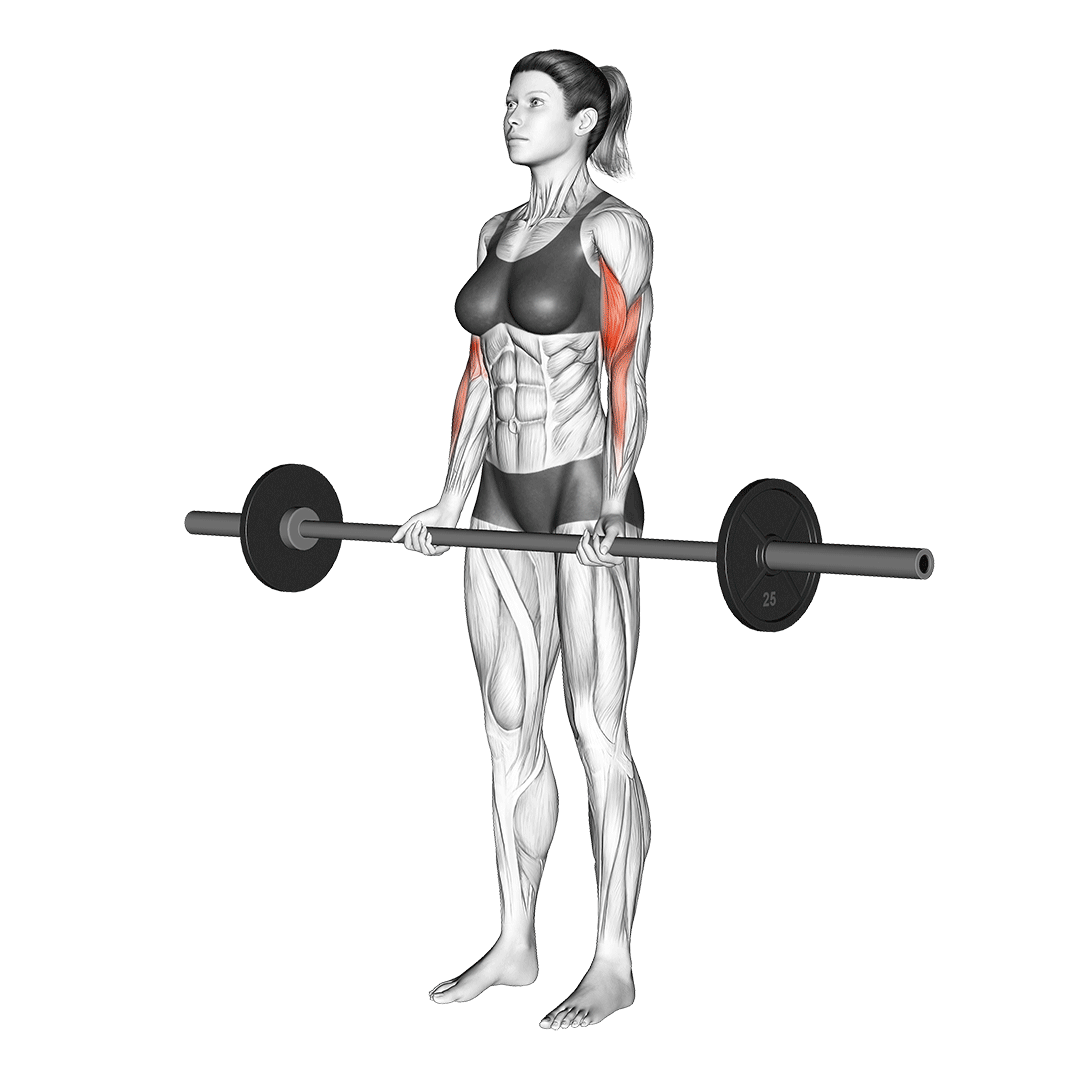
Apart from being easier to stabilize and rotate, the straight bar will also allow for significantly more weight to be loaded than most other forms of barbell.
Standard Dimensions and Weight
If using a standardized Olympic barbell, a straight bar will measure in at approximately 7 feet long and 45 pounds (20kg).
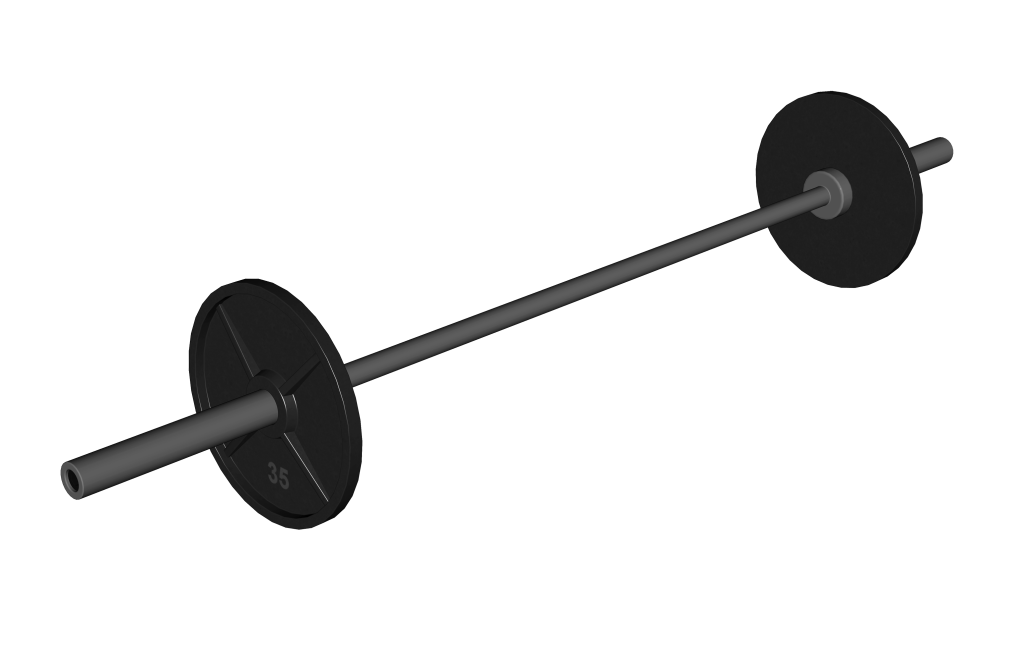
Curl Bar vs Straight Bar - Ideal Grip, Ergonomics and Wrist Strain
Apart from differences in weight distribution and loading potential, the two types of bar each function better when a specific grip orientation is used - providing greater comfort and reduced risk of wrist injury.
Best Bar for a Pronated Grip
The majority of exercises performed with a pronated grip will be more compatible with a straight bar, rather than a curl bar.
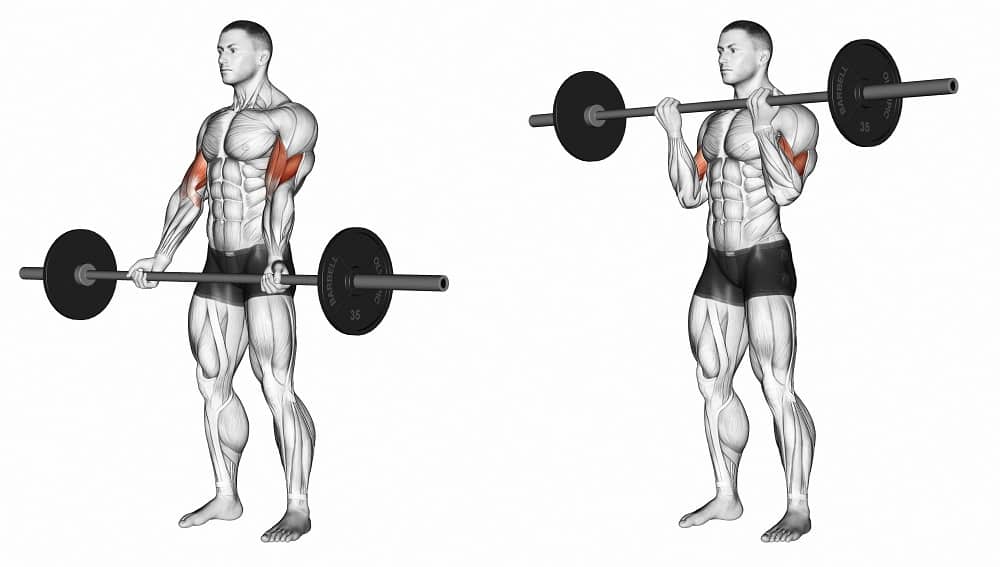
This advantage is especially the case with pressing movements, where a curve in the wrists may lead to inefficient force transfer and increased pressure throughout the joint itself.
Best Bar for a Supinated Grip
In most cases, exercises that make use of a supinated grip are safer and more comfortable when done with a curl bar.
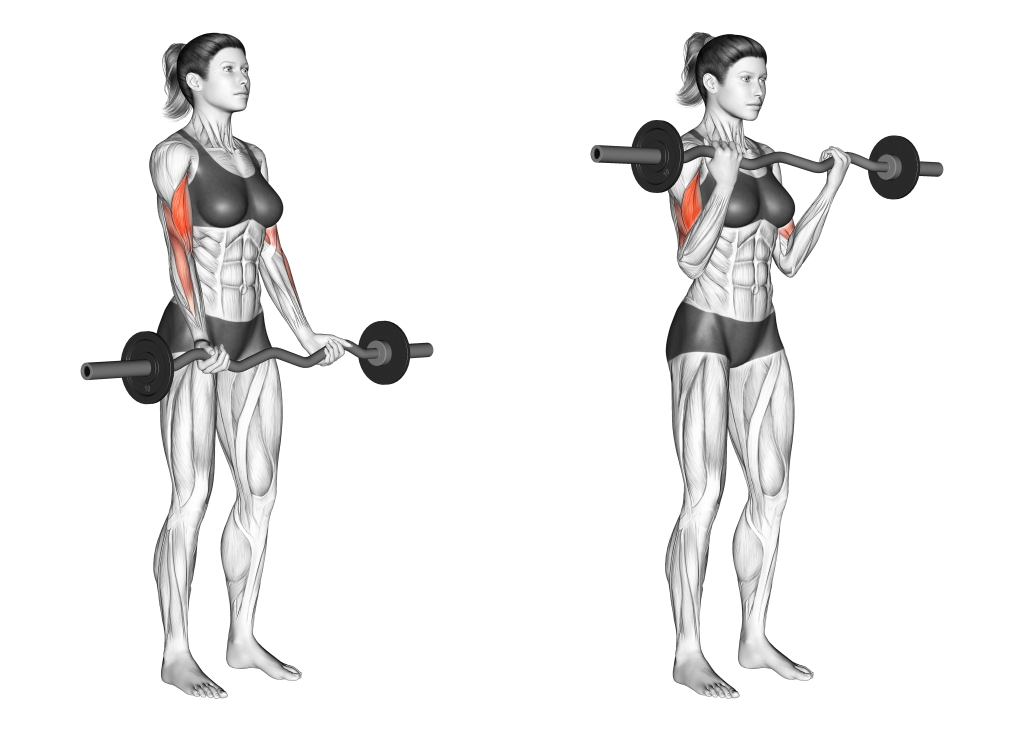
Performing supinated grip exercises with the straightened wrist position of a straight bar can increase strain and pressure throughout the wrists and forearms - something alleviated by curl bars.
Of course, not all supinated grip exercises benefit from the more natural positioning of a curl bar, and as such lifters must decide for themselves on a case-by-case basis which bar is more appropriate.
For Lifters With Wrist Strain, Tendonitis or Impingement
Lifters who frequently encounter discomfort in their wrists when performing curl variations may find that swapping to a curl bar alleviates their symptoms.
However, this is not always the case, especially if a chronic overuse injury is already present. Other remedies such as wrist wraps or swapping to dumbbells may be a safer choice - or otherwise entirely stopping training for the length of their recovery.
To be absolutely sure, speak to a medical professional prior to returning to any exercises that aggravate your injury.
Curl Bar vs Straight Bar - Compatibility With Racks and Other Equipment
Finally, apart from exercise compatibility and comfort, lifters should also consider the following additional factors.
“Rackability”
The term “rackability” simply refers to whether a barbell can be reasonably placed within a standard barbell rack.
For exercises like the squat or bench press, this is vitally important, as such movements cannot otherwise be safely performed without a rack.
In most cases, curl bars are not rackable in standard barbell racks. Straight bars, on the other hand, will often be manufactured specifically for racking and loading safely.
Differentiating Olympic Bars vs Standard Bars
Weight plates will differ in terms of diameter, affecting their compatibility.
Non-Olympic size weight plates will have a hole significantly smaller than other types of weight plates, meaning that they are incompatible with Olympic bars of both the undulating and straight variety.
If selecting a barbell for use in a home gym, ensure that the measurements of your plates match the bar you plan to order.
Collars and Plate Safety
Because of their significantly lighter weight and shorter length, curl bars are far easier to tip over than straight bars - even when racked. Likewise, it is not uncommon for weight plates to slip or slide off one end of a curl bar for much the same reasons.
Ensure that you are purchasing and using appropriate barbell collars if using a curl bar for any reason.
When Should Either Bar be Used?
To reiterate; curl bars should be used for light underhand accessory exercises that may place strain on the wrists - whereas straight bars are best for heavy pronated movements meant to feature significant load and intensity.
References
1. Coratella G, Tornatore G, Longo S, Esposito F, Cè E. Bilateral Biceps Curl Shows Distinct Biceps Brachii and Anterior Deltoid Excitation Comparing Straight vs. EZ Barbell Coupled with Arms Flexion/No-Flexion. J Funct Morphol Kinesiol. 2023 Jan 19;8(1):13. doi: 10.3390/jfmk8010013. PMID: 36810497; PMCID: PMC9944112.

